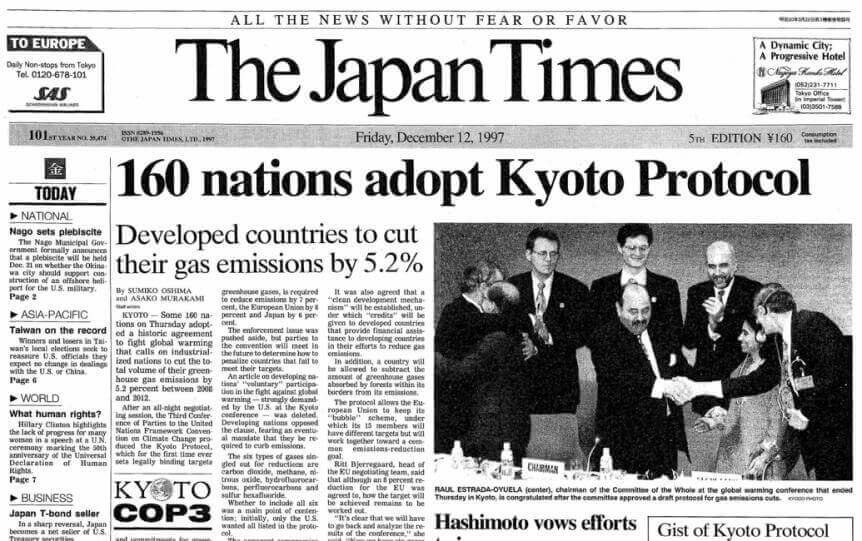The narrative of climate change often revolves around melting glaciers and rising sea levels, overshadowing a less visible yet equally ominous threat: the surge of pests and diseases silently undermining global food security. This isn’t a distant dystopia; it’s a reality playing out across diverse landscapes, jeopardising harvests, livelihoods, and regional economies. Understanding the intricate interplay between climate, pests, and food security is crucial for crafting effective solutions and safeguarding our future.
From Locust Swarms to Coffee Wilt: A Global Battleground
In East Africa, 2020 witnessed a biblical plague: locust swarms fueled by rising temperatures and erratic rainfall. Crops that sustained millions were devoured, pushing the region deeper into hunger. This wasn’t an isolated event. Similar stories unfold across continents. Central America faces the insidious creep of coffee wilt disease, emboldened by warming temperatures and increased rainfall, jeopardising the livelihoods of countless farmers and potentially impacting global coffee prices. The Fall armyworm, an unwelcome guest thriving in disrupted ecosystems, marches across continents, leaving a trail of billions of dollars in losses for vital staples like maize and rice.

The impact of these climate-driven threats extends far beyond specific regions and crops. From Madagascar’s famine fueled by drought and locusts to Bangladesh’s salinating farmland threatening its rice production, the consequences are widespread and deeply concerning. Children suffer from stunted growth, families struggle to afford necessities, and entire communities teeter on the brink of food insecurity. The ripple effects extend beyond hunger, potentially fueling social unrest and political instability in vulnerable regions.
Economic Fallout: A Bitter Harvest for All
The economic fallout mirrors the ecological one. The 2022 US corn belt drought serves as a stark reminder of climate’s wrath. Skyrocketing prices impacted not just farmers but consumers and entire industries reliant on corn, like livestock production and biofuels. The EU wine industry faces similar challenges, with heatwaves and droughts jeopardising grape yields and threatening regional economies reliant on this iconic beverage. The global cotton market, valued at $50 billion annually, could see a 20% reduction in yields by 2050 due to climate change, impacting millions of farmers in developing countries and disrupting global supply chains.
The economic consequences cascade outwards, impacting food prices, jobs, and overall economic stability. This not only threatens regional economies but also has the potential to exacerbate existing inequalities and create new vulnerabilities, further jeopardising food security for the most marginalised populations.
Seeds of Hope: Research, Collaboration, and Individual Action

Despite the grim narrative, there are flickers of hope. Research and development offer promising solutions. The International Rice Research Institute’s heat-tolerant rice varieties hold immense potential for regions battling rising temperatures. Initiatives like the UN’s Food and Agriculture Organization’s climate-smart agriculture programs are already scaling practices like water conservation and diversified cropping systems, empowering farmers to become more resilient in the face of pests and diseases. These practices not only improve yields but also enhance soil health and reduce reliance on water and chemical inputs, promoting sustainability and adaptability.
International cooperation is crucial in this fight. The Adaptation Fund, established under the Kyoto Protocol, supports developing countries in adapting to climate change impacts, building resilience and safeguarding food security. Collaborative efforts like these ensure that every farmer and community is included in the face of this global challenge. Knowledge sharing, technology transfer, and financial support are essential elements in building a more resilient global food system.
Individual choices can also make a difference. Opting for locally grown, seasonal produce reduces the carbon footprint associated with long-distance transport and supports local farmers. Demanding climate-friendly practices from food producers and holding policymakers accountable for their actions are equally important steps. By supporting sustainable agriculture and advocating for climate action, individuals can contribute to a more resilient food system for all.
A Call to Action: Weaving a Tapestry of Solutions
The story of climate change, pests, and food security is not one of inevitable doom but a call to action. We can lament the growing threat, letting despair and inaction define our future. Or, we can choose to act to sow seeds of innovation, collaboration, and resilience. By weaving a tapestry of solutions that incorporate research and development, international cooperation, and individual action, we can rewrite the narrative, ensuring that bountiful harvests nourish not just our bodies but the very foundation of our collective well-being. The time to act is now, not just for ourselves but for generations to come. Let us choose wisely because the future of our food security depends on it.




0 Comments